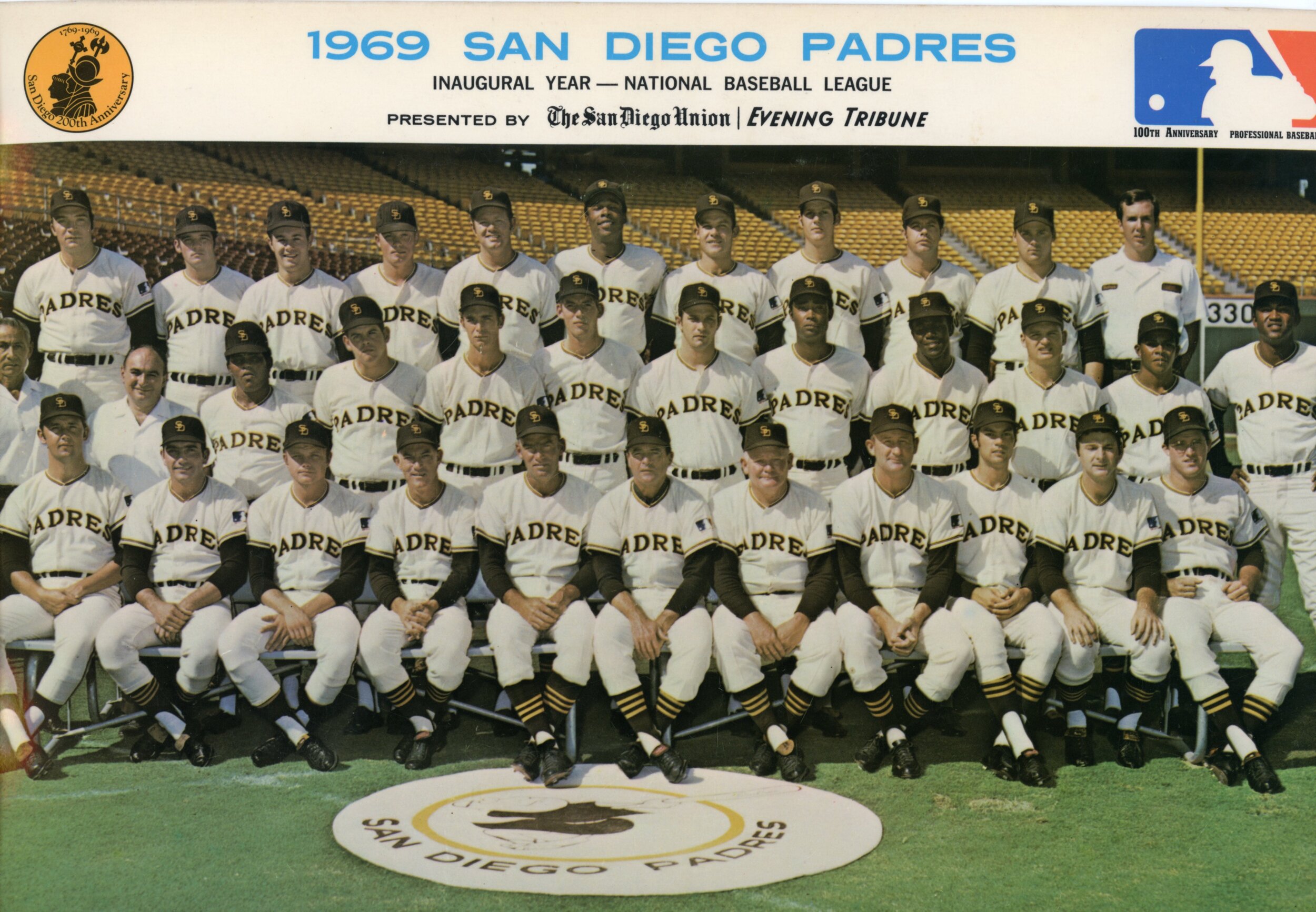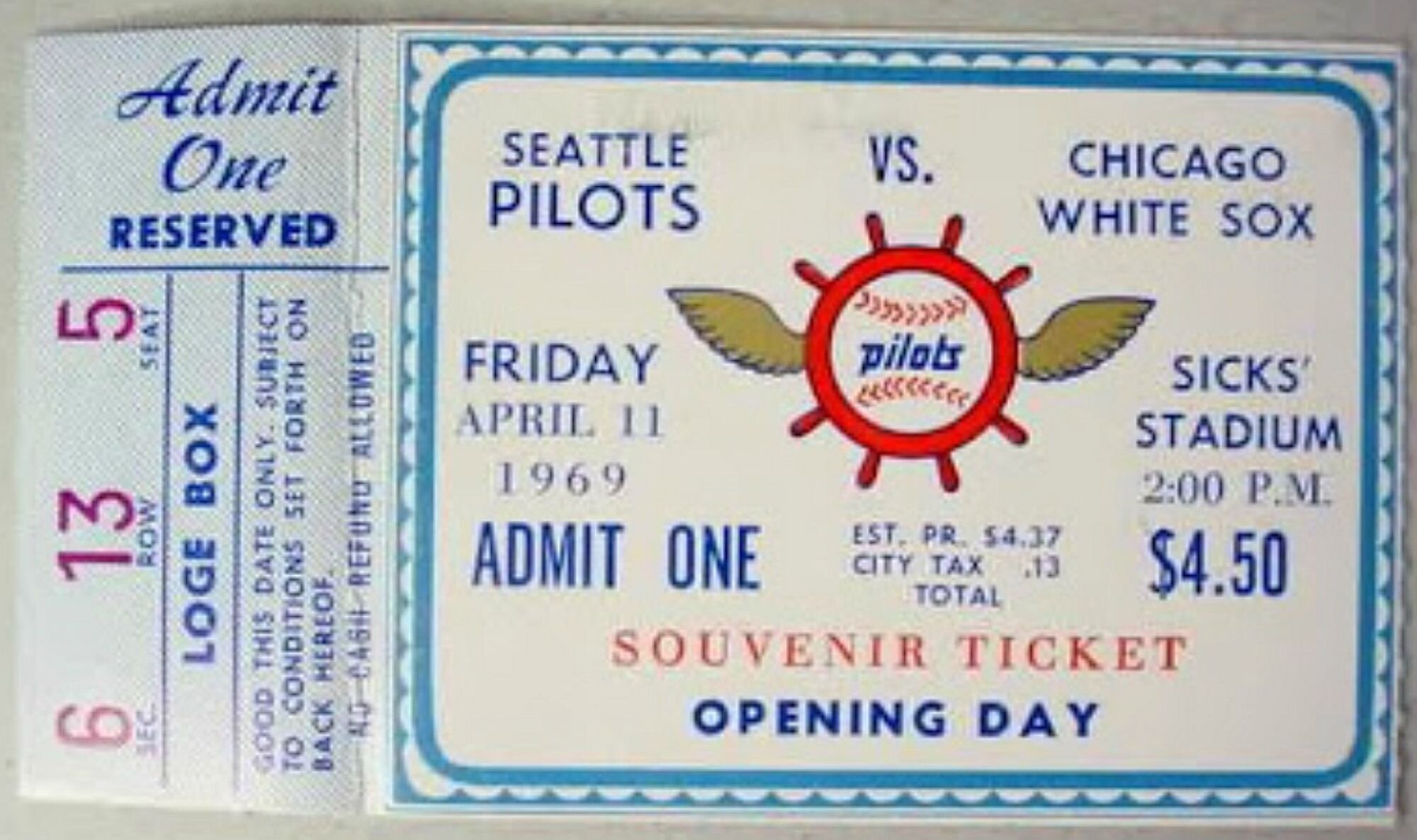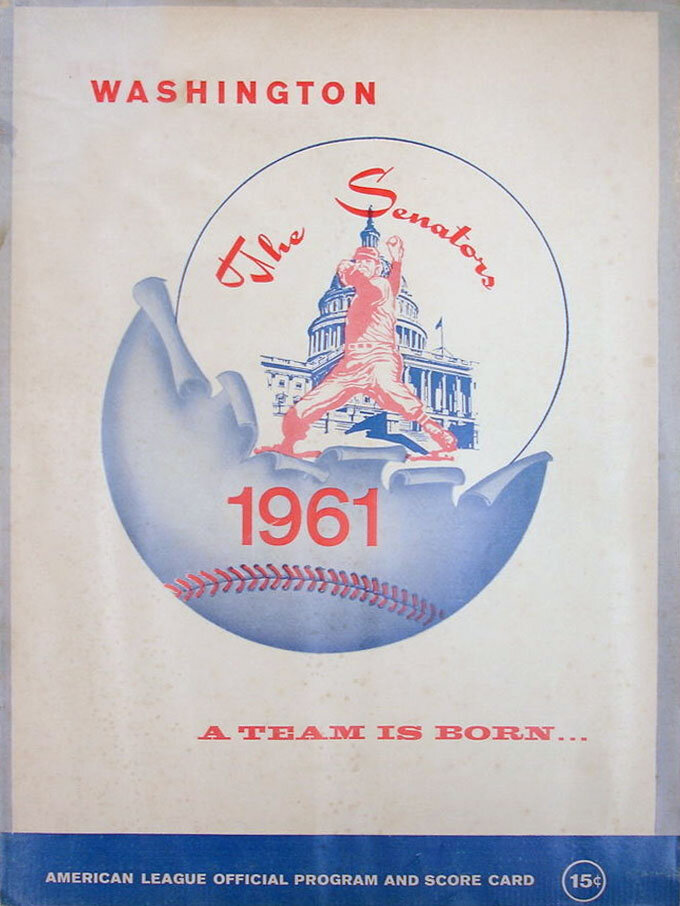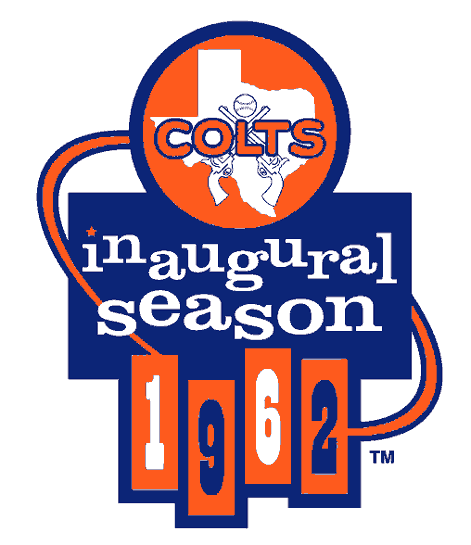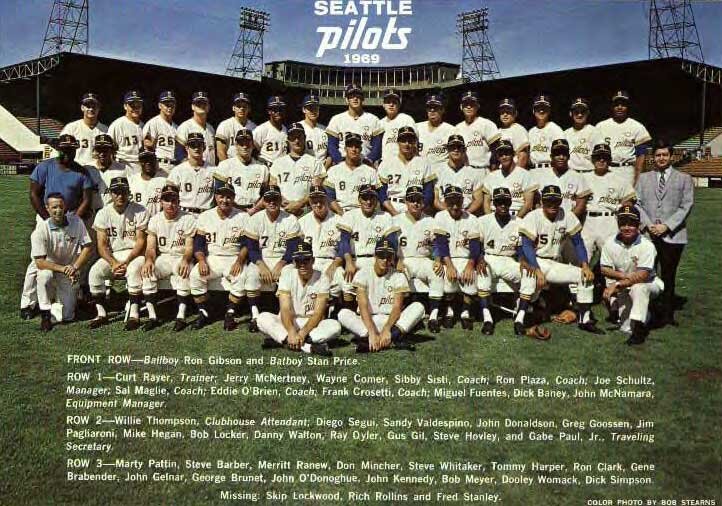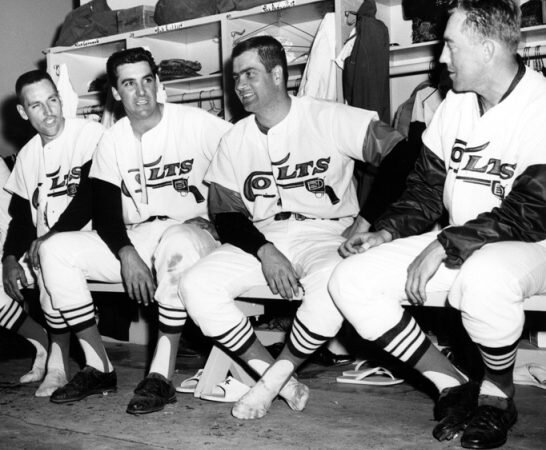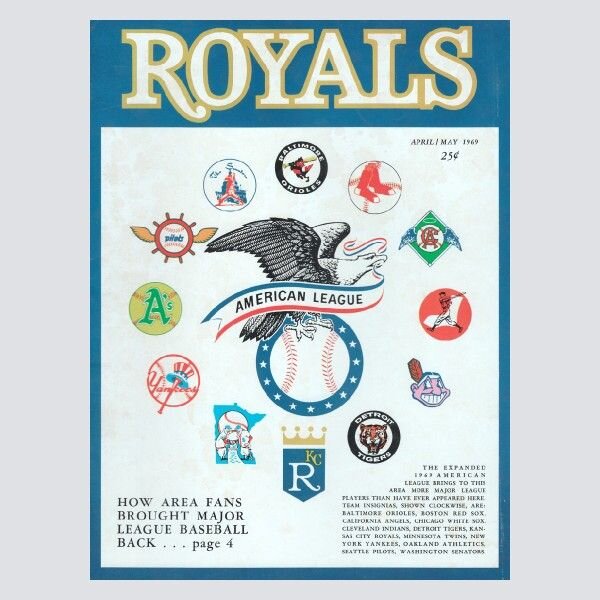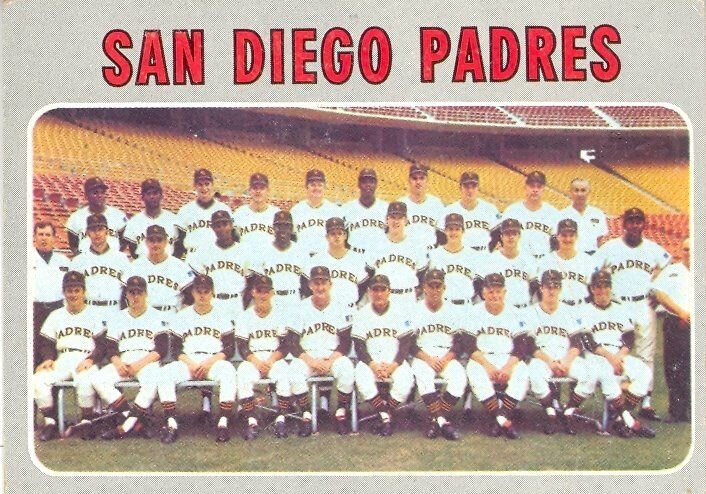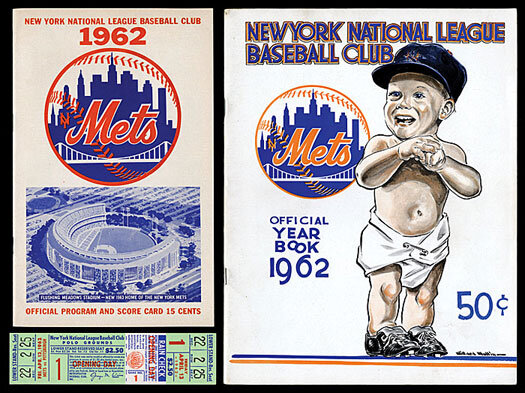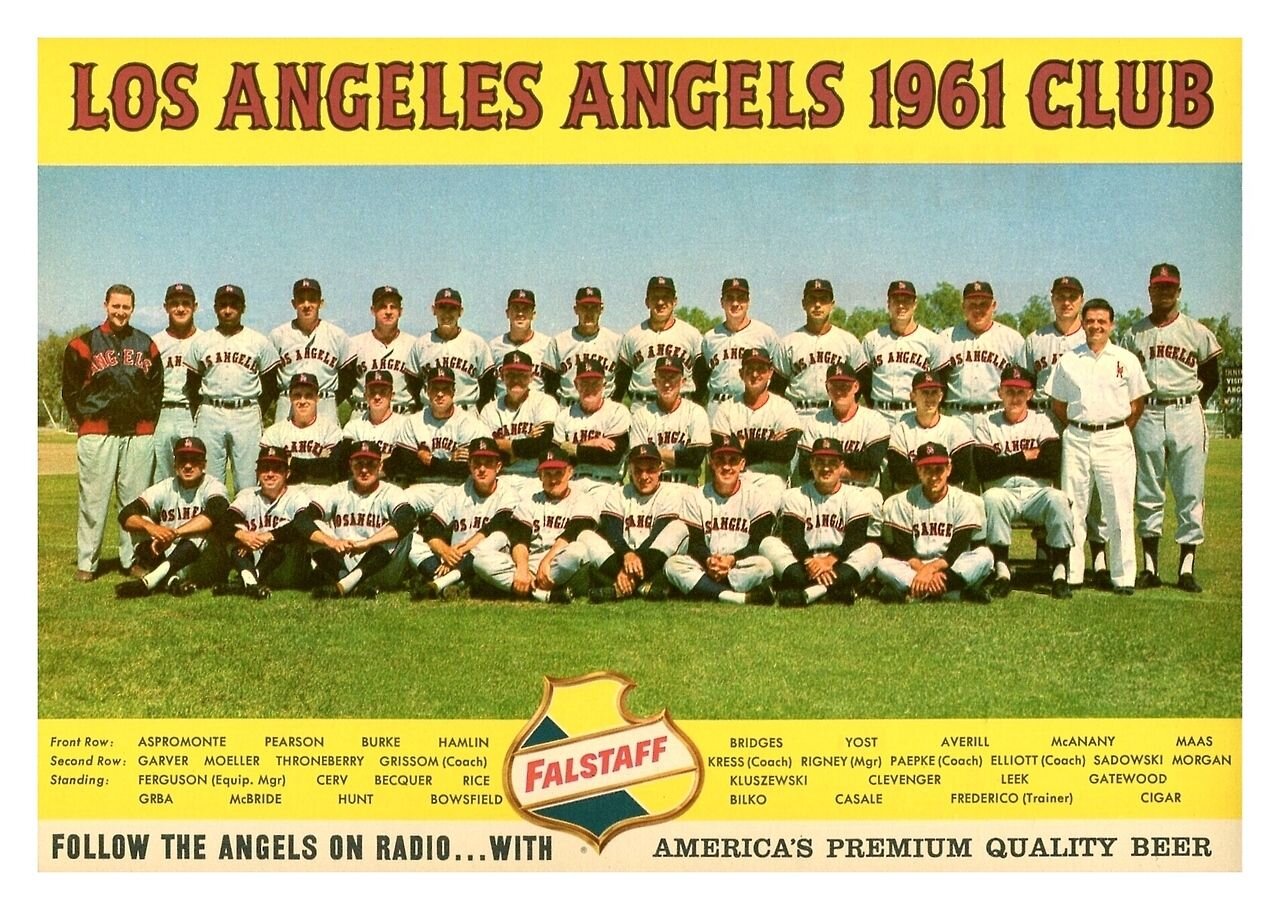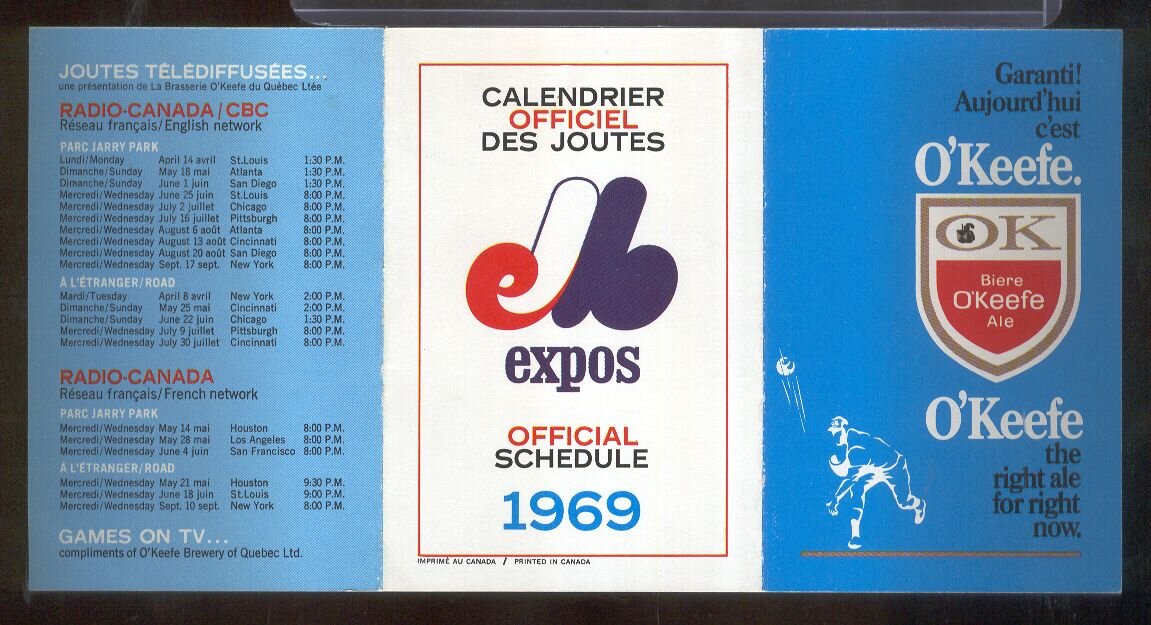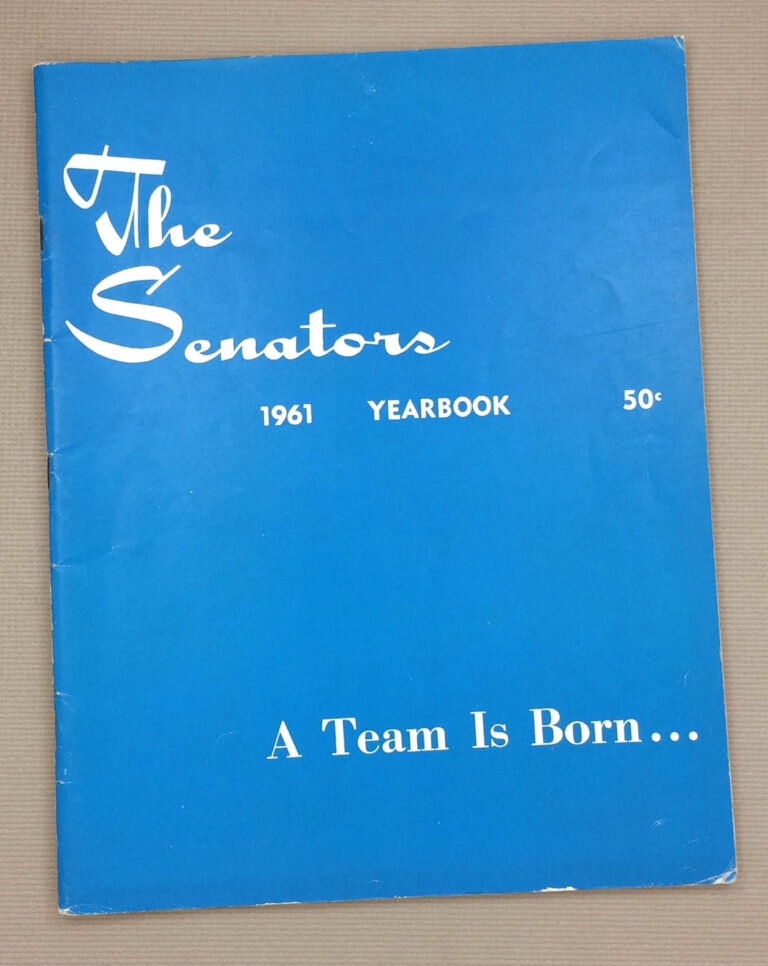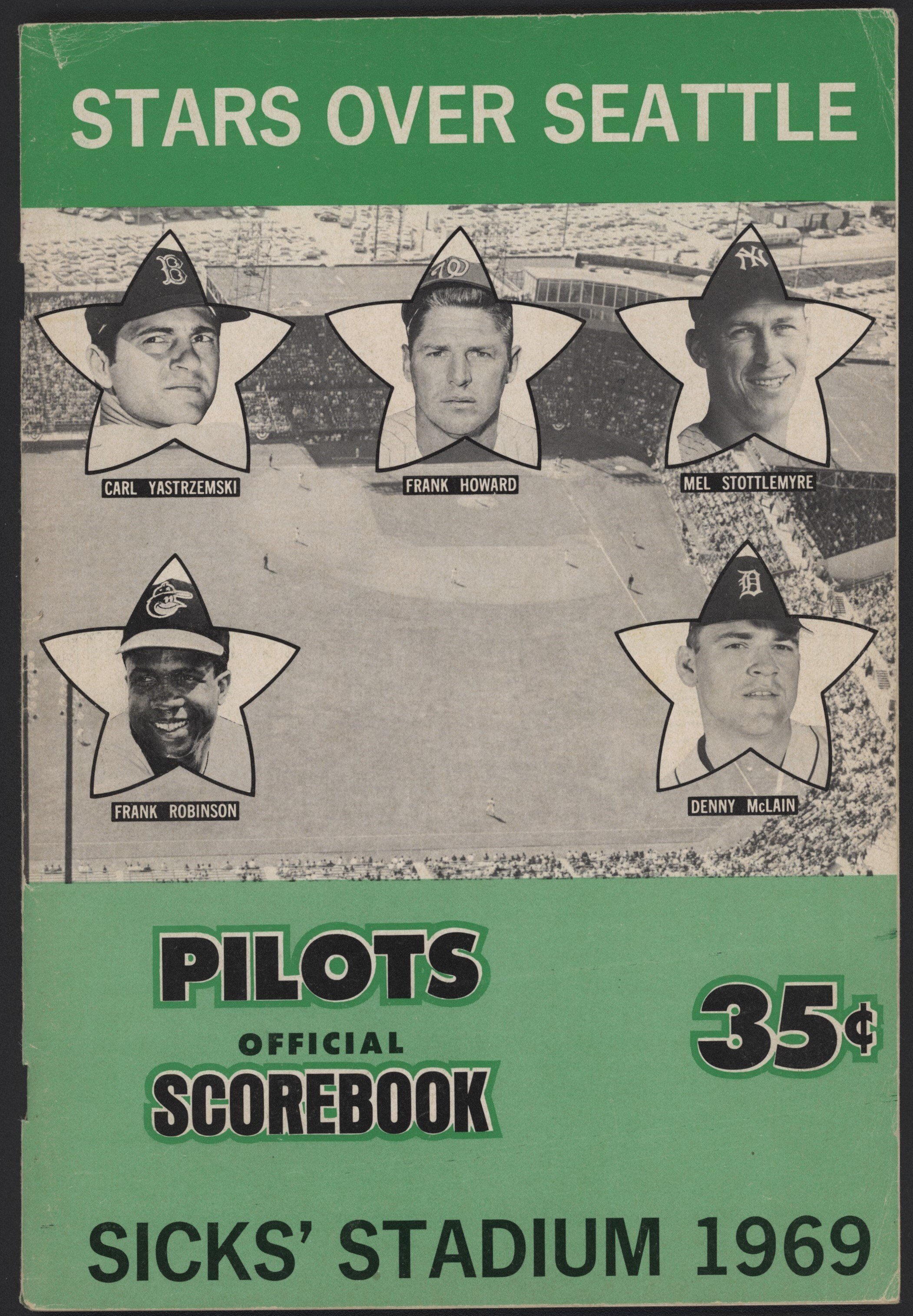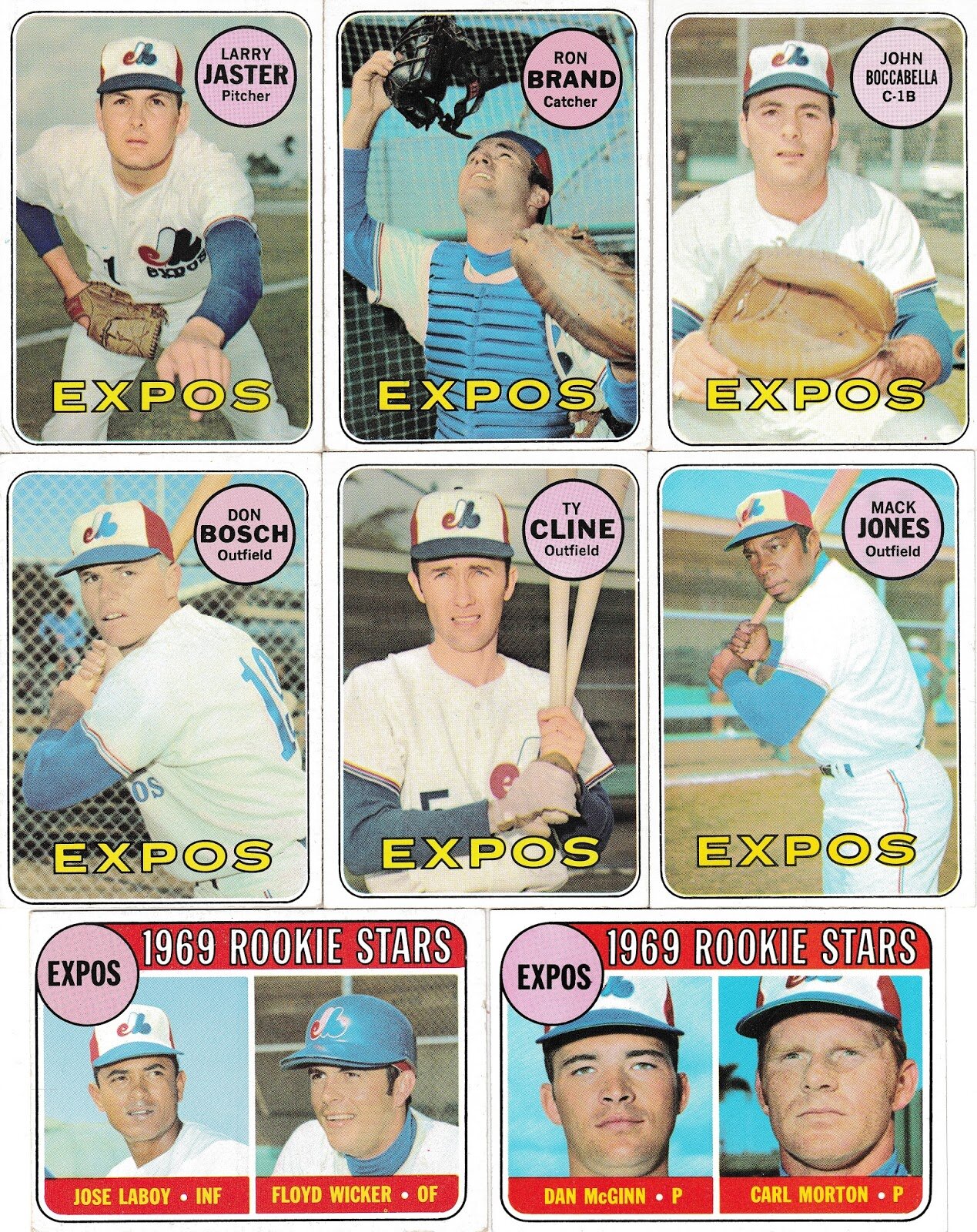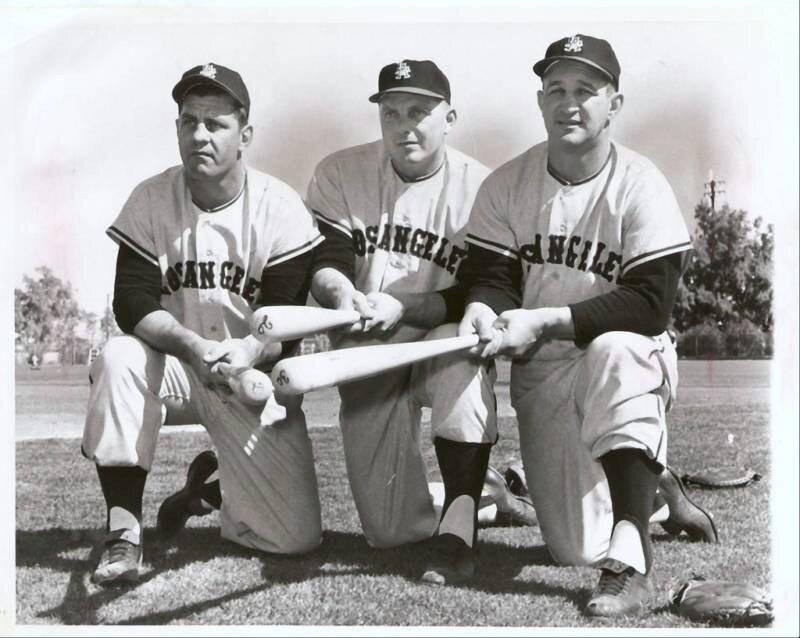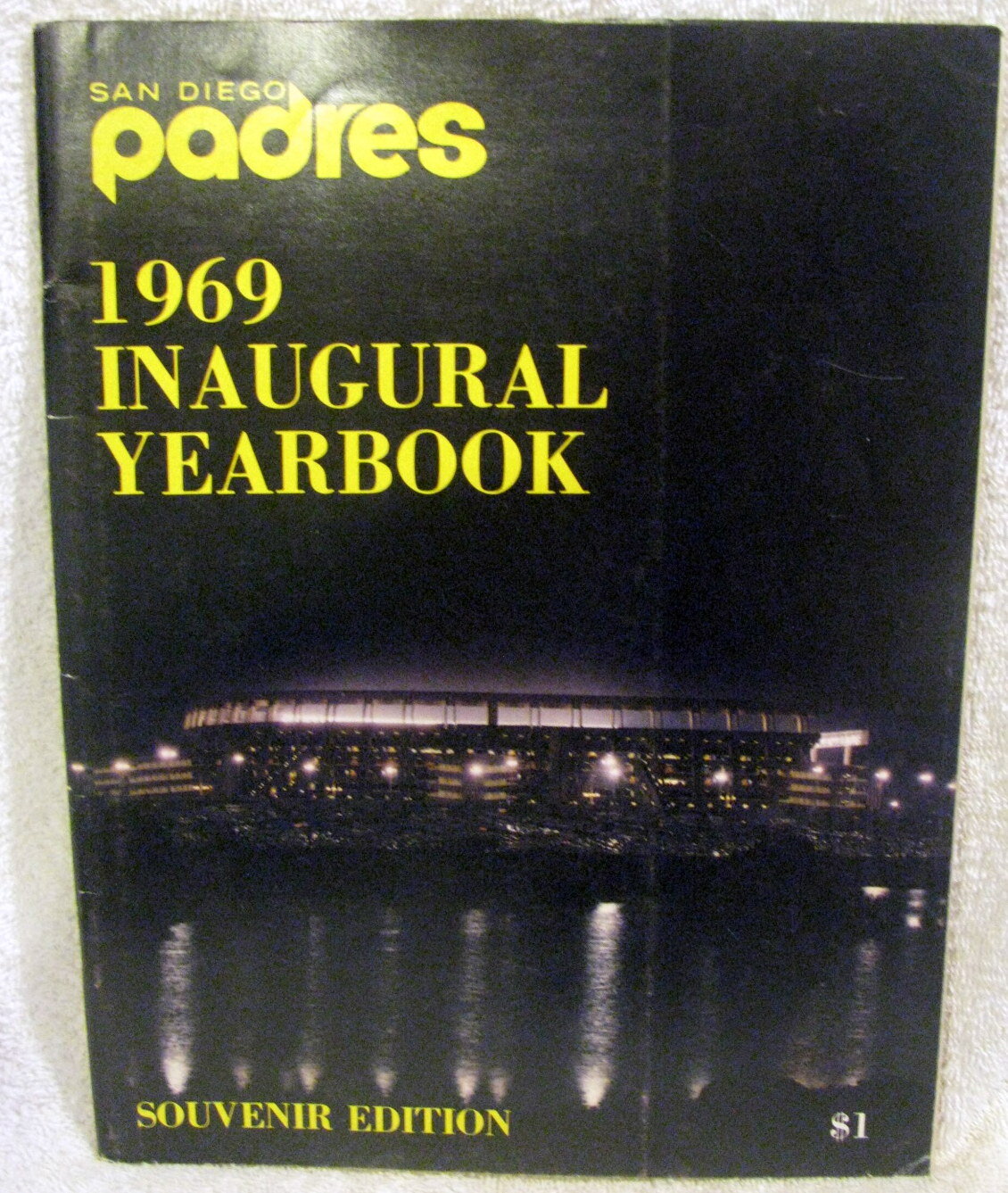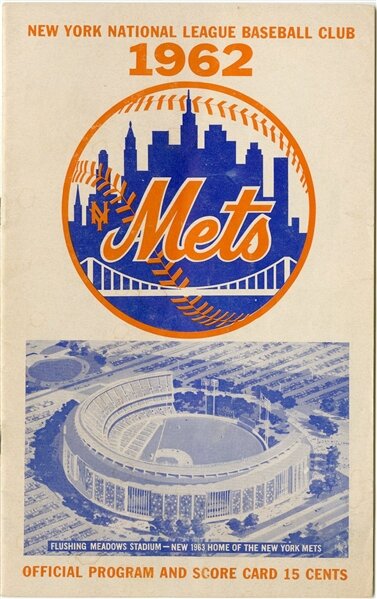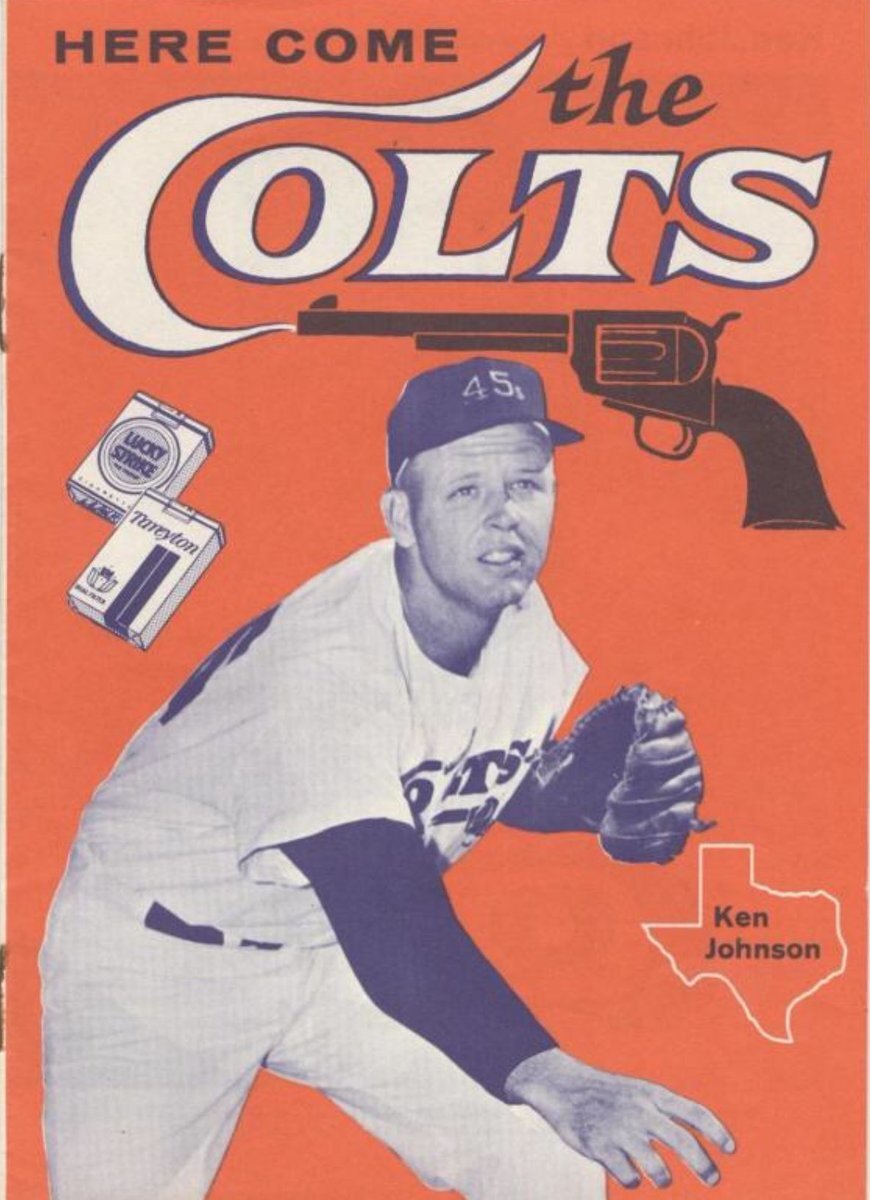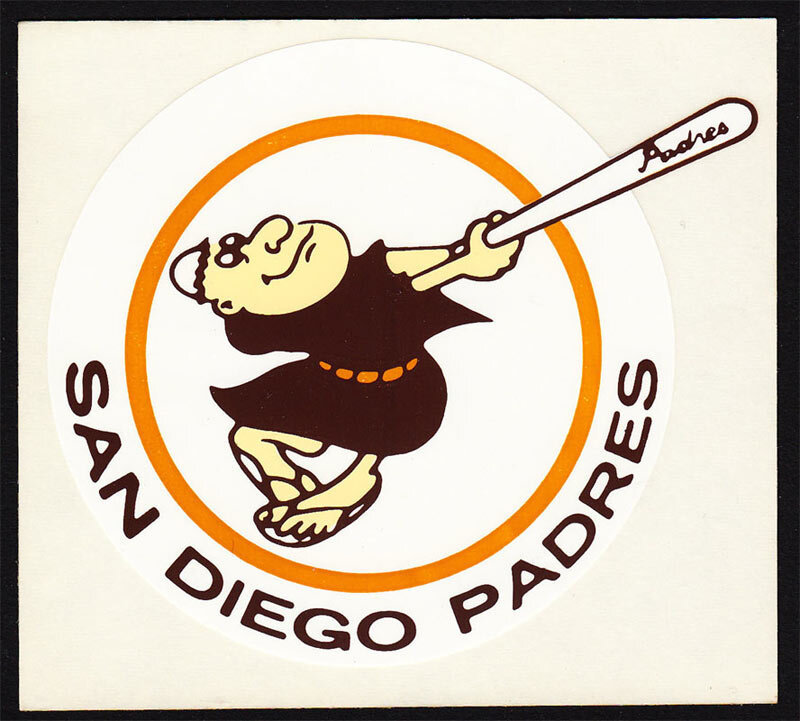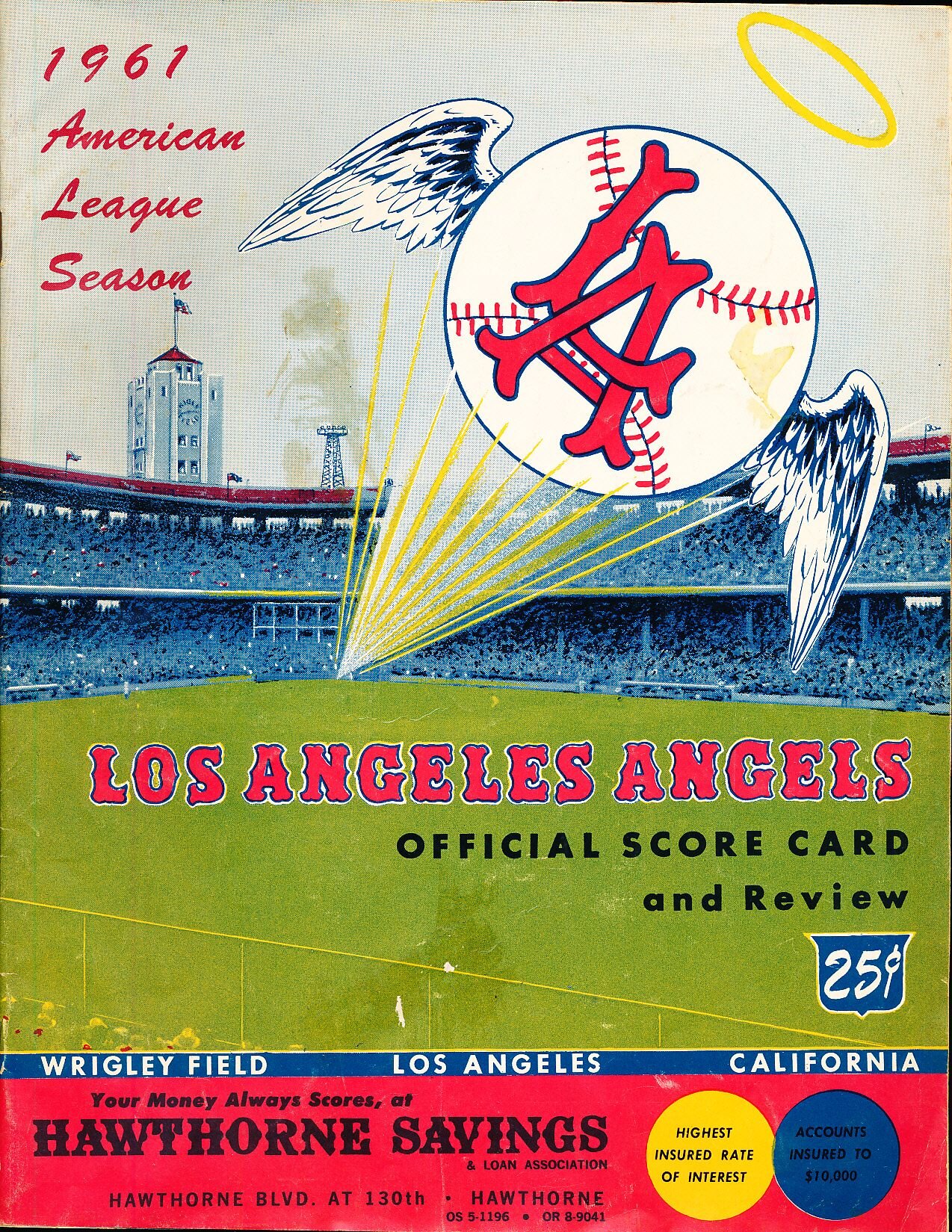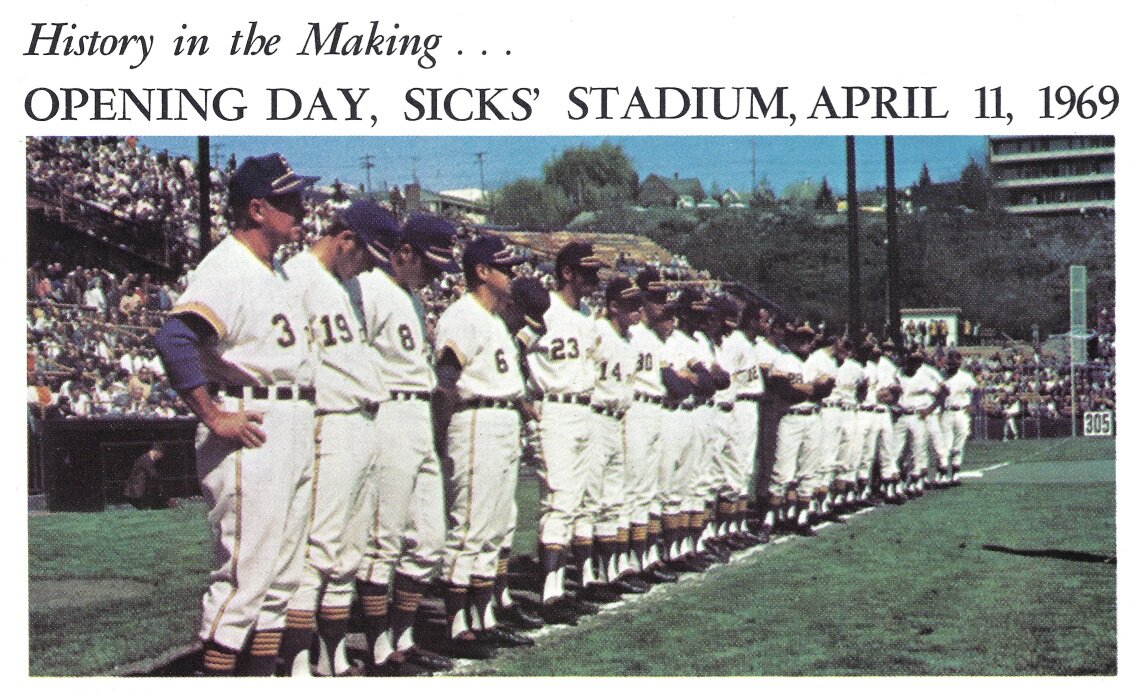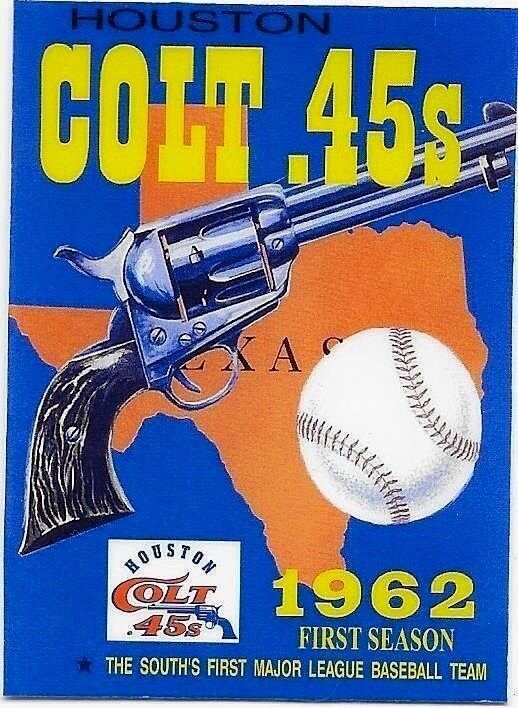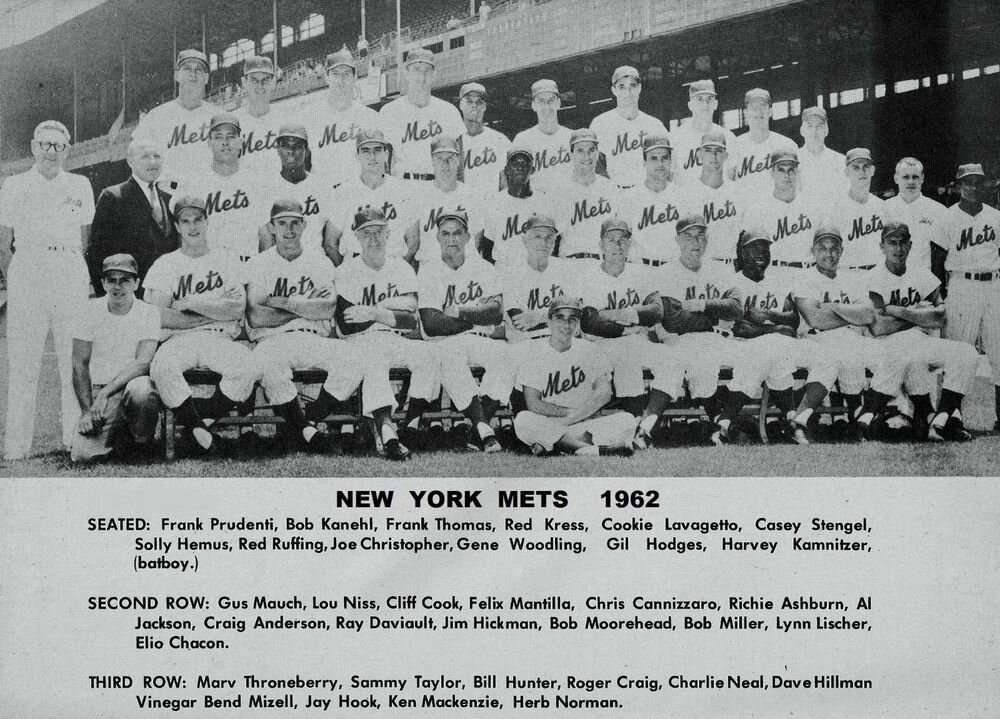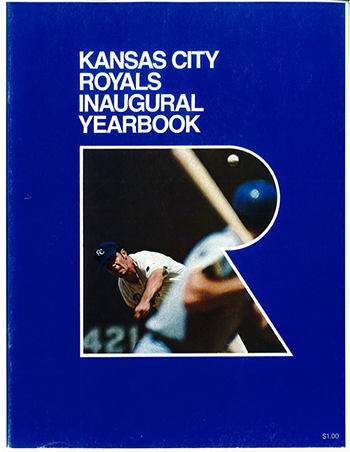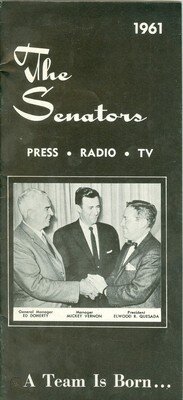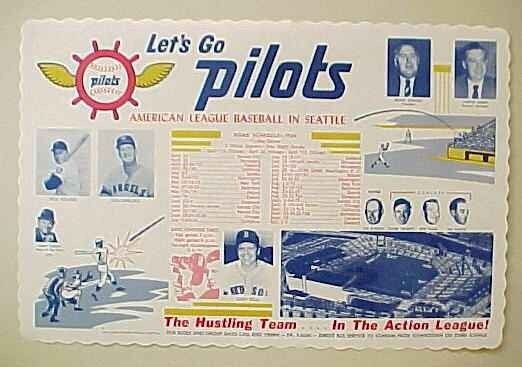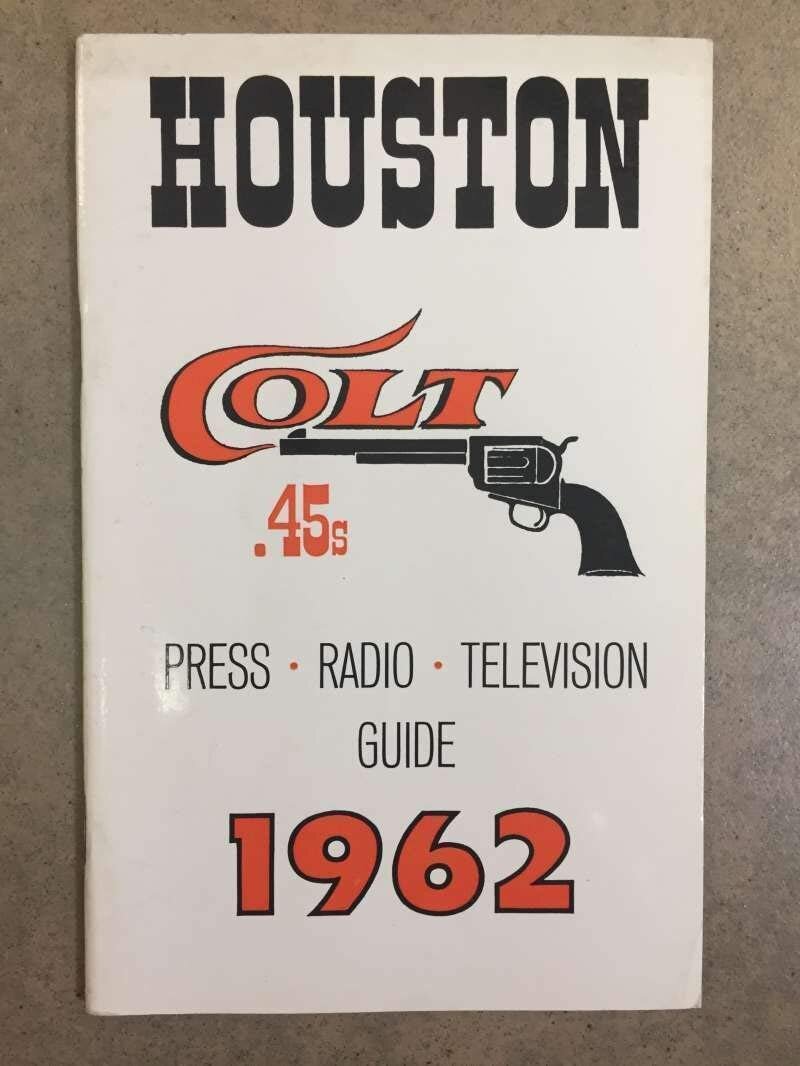Baseball writer Fran Zimniuch (Baseball's New Frontier: A History of Expansion, 1961-1998) help us sketch out a nearly forty-year survey of the major leagues’ fitful journey from a regional set of 16 teams confined to just ten US Northeast and Midwest cities, to the 30-club colossus that today stretches across 27 markets across North America.
While the sport’s modern-day wanderlust began in earnest during the 1950s as the Braves moved to Milwaukee, the Browns left for Baltimore (new name: Orioles), the A’s traded Philadelphia for Kansas City, and New York’s Giants and Brooklyn’s Dodgers made haste for California – Major League Baseball entered the 1960s with an urgent need to expand into new markets as the rival Continental League threatened to beat them to the punch.
In 1961, the American League added its own Los Angeles franchise with the Angels, and a new expansion version of the Washington Senators hastily replaced their original predecessors, having absconded to the Twin Cities. Two more teams joined the following year – New York’s Mets and Houston’s Colt .45’s (later renamed Astros).
The addition of four new clubs in 1969 pushed the boundaries even further: the San Diego Padres, Kansas City Royals, Montreal Expos, and (ultimately one-year wonder) Seattle Pilots.
Seattle’s MLB redemption came in 1977 when the expansion Mariners joined the American League roster, along with Canada’s second franchise – the Toronto Blue Jays.
Baseball’s last expansion push came in the 1990s, when Colorado and Florida (now Miami) joined the National League in 1993, and Arizona and Tampa Bay were added the NL and AL respectively in 1998.
While rumors of potential relocation of big-league baseball’s current members is always fodder for the off-season Hot Stove (the fate of the Rays in Tampa-St. Pete, in particular), Zimniuch and host Tim Hanlon ponder if further expansion to new markets is in the cards – and if so, where and when?
What better reason to plan your Spring Training getaway at VisitArizona.com!


